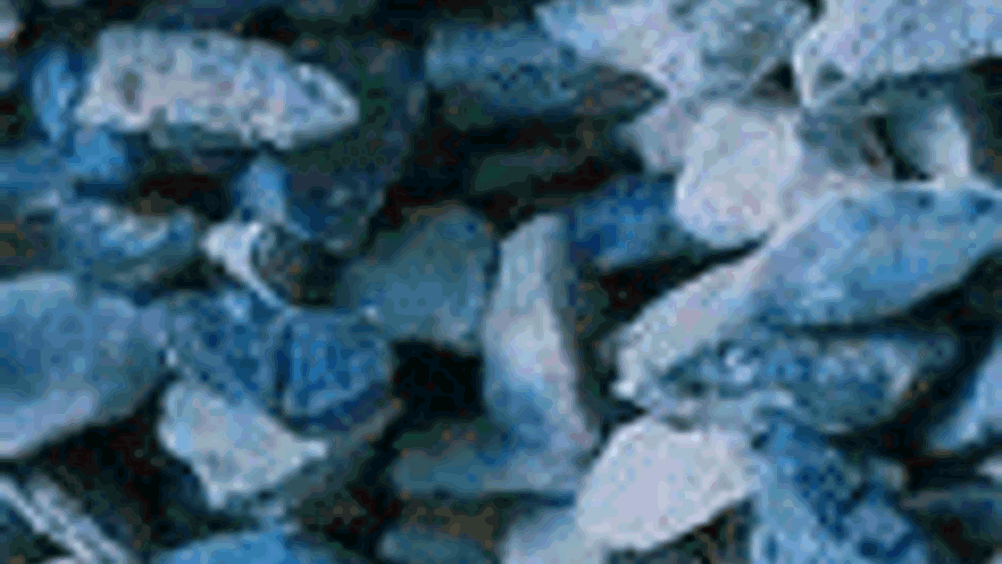Think small to grow big
Nanotechnology is not just for use in the future. Rob Fastenau argues that it has a role to play now in meeting our energy needs.

As energy demands increase and our ability to supply using traditional methods declines, we must not underestimate nanotechnology's role in the production, storage, conservation and delivery of energy.
There are two ways to address a gap between energy supply and demand: the development of inexpensive and earth-friendly alternative fuel sources and using existing fuels more efficiently. Nanotechnology has a fundamental role to play in both.
At the nanoscale, familiar materials begin to develop unusual properties because this is the level where essential properties of matter are determined. Applying these properties can help find new ways to manage energy supplies.
For instance, the
(PNNL) in the
is using nanotech to develop materials that can store solid hydrogen. Hydrogen is abundant in our atmosphere and has more energy per unit of mass than any known substance but there are technical barriers to realising the hydrogen economy - the greatest being storage.
Register now to continue reading
Thanks for visiting The Engineer. You’ve now reached your monthly limit of premium content. Register for free to unlock unlimited access to all of our premium content, as well as the latest technology news, industry opinion and special reports.
Benefits of registering
-
In-depth insights and coverage of key emerging trends
-
Unrestricted access to special reports throughout the year
-
Daily technology news delivered straight to your inbox










UK Enters ‘Golden Age of Nuclear’
The delay (nearly 8 years) in getting approval for the Rolls-Royce SMR is most worrying. Signifies a torpid and expensive system that is quite onerous...